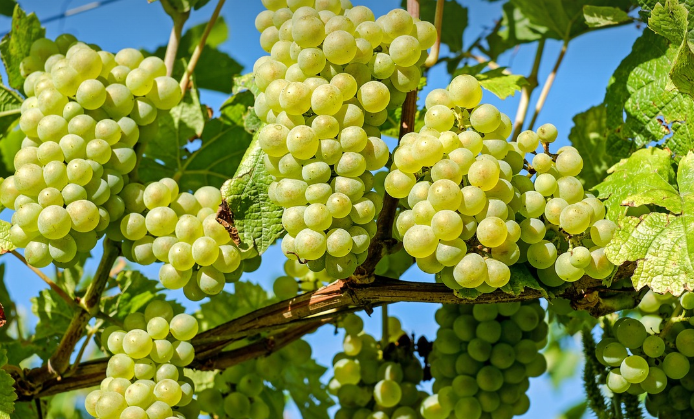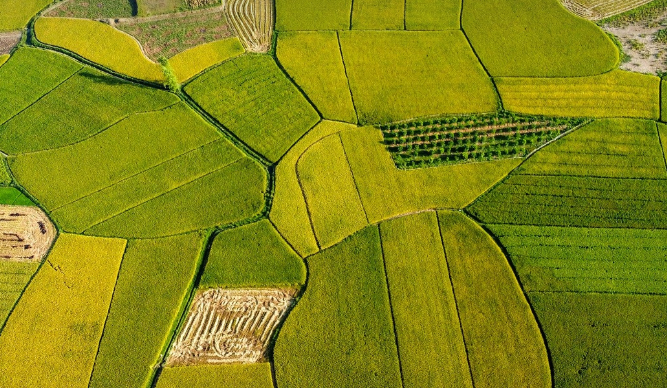Can Carbon Sequestration Save the Planet? Debunking the Myths

Carbon sequestration is a key process that involves the capture and storage of carbon dioxide to mitigate the impacts of climate change. Through this technique, carbon dioxide is removed from the atmosphere and stored in various reservoirs such as forests, oceans, and geological formations. By reducing the amount of carbon dioxide in the atmosphere, carbon […]
How to Earn Carbon Credits through Regenerative Agriculture

Regenerative agriculture offers a plethora of benefits that extend far beyond the farm gate. By focusing on restoring soil health, sequestering carbon, and promoting biodiversity, regenerative practices help combat climate change and enhance ecosystem resilience. This leads to improved water quality, reduced soil erosion, and increased nutrient cycling, ultimately contributing to a more sustainable agriculture […]
What is Carbon Farming? A Complete Guide for Beginners

Carbon farming is a practice that aims to reduce greenhouse gases in the atmosphere by sequestering carbon in agricultural soils and plants. By implementing various techniques and strategies, farmers can enhance carbon storage in their land, contributing to climate change mitigation efforts. This approach not only helps combat global warming but also offers additional benefits […]
Carbon Credits: Turning Carbon Sequestration into Profit for Farmers

Carbon credits are a key component of global efforts to combat climate change. Essentially, they represent a unit of measurement that quantifies how much greenhouse gas emissions have been reduced, avoided, or removed from the atmosphere through certain projects or initiatives. These credits can be bought and sold on the carbon market, providing a financial […]
Top 10 Regenerative Agriculture Practices for 2024

Regenerative agriculture practices focus on restoring and enhancing the health of the soil, rather than depleting it. By implementing techniques such as crop rotation, cover cropping, and no-till farming, farmers can improve soil structure, fertility, and biodiversity. These practices not only benefit the environment but also contribute to sustainable food production. Regenerative Agriculture Practices Explained […]
How Soil Health Impacts the Carbon Economy

Soil health is a vital component of sustainable ecosystem functioning. The overall quality of soil is determined by its physical, chemical, and biological properties. A healthy soil supports plant growth, contributes to nutrient cycling, and plays a crucial role in carbon sequestration. Understanding the basics of soil health involves recognizing the importance of maintaining proper […]
From Farm to Climate Hero: How Regenerative Practices Reduce Carbon Emissions

Regenerative agriculture has gained recognition as a key solution in the fight against climate change. By implementing practices that prioritize soil health and biodiversity, regenerative farming helps sequester carbon from the atmosphere, mitigating the impacts of greenhouse gas emissions. This approach not only contributes to reducing the carbon footprint of agriculture but also enhances the […]
Carbon Sequestration 101: What Every Farmer Needs to Know

Carbon sequestration refers to the process by which carbon dioxide is removed from the atmosphere and stored in a stable form, such as in plants, soils, or oceans. This natural or artificial process helps mitigate the effects of climate change by reducing the amount of greenhouse gases in the atmosphere. Definition of Carbon Sequestration By […]
The Future of Farming: How Regenerative Agriculture is Changing the Game

Regenerative agriculture is a holistic approach to farming that focuses on improving the health of the soil, increasing biodiversity, and enhancing ecosystem services. It aims to create a sustainable and regenerative food system by restoring and enhancing the natural resources on which agriculture depends. This farming practice goes beyond just sustaining the land, but actively […]
